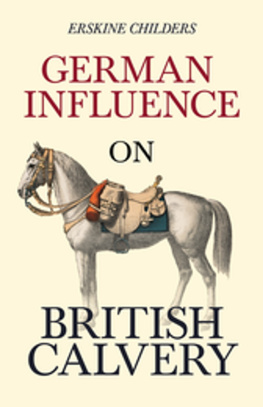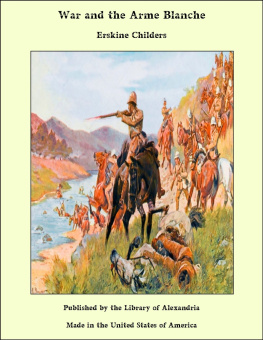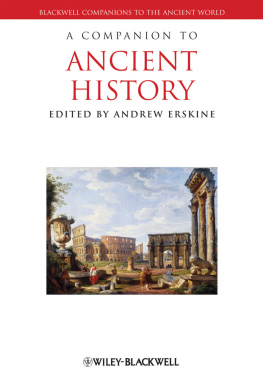First published in 2004 by
Kegan Paul Limited
This edition first published in 2009 by
Routledge
2 Park Square, Milton Park, Abingdon, Oxon, OX14 4RN
Simultaneously published in the USA and Canada
by Routledge
270 Madison Avenue, New York, NY 10016
Routledge is an imprint of the Taylor & Francis Group, an informa business
Kegan Paul, 2004
Printed and bound in Great Britain
All rights reserved. No part of this book may be reprinted or reproduced or utilised in any form or by any electronic, mechanical, or other means, now known or hereafter invented, including photocopying and recording, or in any information storage or retrieval system, without permission in writing from the publishers.
British Library Cataloguing in Publication Data
A catalogue record for this book is available from the British Library
ISBN 10: 0-7103-0984-8 (hbk)
ISBN 13: 978-0-7103-0984-6 (hbk)
Publishers Note
The publisher has gone to great lengths to ensure the quality of this reprint but points out that some imperfections in the original copies may be apparent. The publisher has made every effort to contact original copyright holders and would welcome correspondence from those they have been unable to trace.
CHAPTER I
SUNRISE.
W HAT is there in a sunrise that appeals to the imagination so strongly? It is usually less striking in effect than a sunset, the sun often hides behind fleecy clouds with mock modesty and you are not aware of his presence before you see him riding insolently up aloft. But the appeal is there, perhaps because, apart from the placid beauty of the scene, it suggests so much. We see in imagination the morning of the world, of the Universe, of life itself; it symbolizes the beginning of things and so is peculiarly suitable to the beginning of a journey. It is more than ever suitable when that journey is to the site of vanished cities whose history goes back into the dim ages.
One of the most lovely sunrises that I remember to have seen occurred on the morning when we were waiting on the heights before riding down to Petra. Just as Petra comes slowly out of the mists of time in history, so the topmost peaks of the rock city were touched with fire by the rising sun, which gradually penetrated into the blue mists below, and lit up the mass of Mount Hor and the distant Iduman hills and all the rainbow colours in the vast sweep of the Ghor. The colours were so delicate, the air so pure, the whole panorama so unearthly that one could hardly believe that it was not some illusion of the senses.
The scene stretched out before us is one of historical interest. To westward lies Petra enclosed in a great wedge of red sandstone, only the topmost of her fantastic peaks showing above the mass; beyond is the fine outline of the Jebel Harun, the Mount Hor up which Aaron went to die and where he was buried. Behind Petra stretches the desert of Sin, where the Children of Israel wandered and where they murmured against Moses, who struck the rockwas it really the entrance to the Siq, according to tradition? (!)and the water flowed out. Dr. Alois Musil, whose long studies of all this region entitle him to hold an original view, thinks that the Kadesh round about which the Israelites spent the thirty-eight years of their exile in the wilderness was no other than Petra. And it was somewhere in this region that, in an earlier age, Esau came after that affair of the mess of pottage, dispossessing the Horites who were the first people living in Petra of whom we have any knowledge. It was from Petra that he went out with four hundred men to meet Jacob, passing by with his wives and his servants and his flocks, anxious to propitiate the brother whom he had cheated out of his birthright.
Anyone coming from Europe with so much interest centring in the Middle Ages has to accustom the eyes to a new focus. It is as if he were to come from a well-kept garden to life in mid-ocean, stretching the eyes over a waste of waters. Everything is so old in the East; and being so old, is apt to be fragmentary. Civilizations come and go; nations have their rise, their period of prosperity, and then they disappear, like those cities the vestiges of which we have come so far to see.
Before going down to Petra it is almost necessary, at the risk of being tedious, to endeavour to conjure up a picture of the times in which she rose to greatness, fell into a decline and vanished from human ken.
We must go back into the dawn of history. About four thousand years before Christ the Summerian empire extended from the Red Sea to Mount Taurus, the Armenian mountains and Turkistan, from the Levant to the Persian Ocean and the Indian Ocean. What were the boundaries of the empire of Amurru? It was of vast extent and comprised a small, insignificant tract of land running down by the Mediterranean Sea which we now know as Palestine. Palestine first comes into history when the Hyskos were expelled from Egypt in 1700 B.C., and proceeded to conquer Syria; it appears fitfully in the Tell-el-Amarna tablets in the fifteenth century B.C., it formed part of the Hittite and Egyptian empires. Under Egypt it remained for about four centuries, it paid fealty to Assyria and Babylon and Persia, was conquered by Alexander the Great, after he crossed the Hellespont in 333 B.C. and passed over to Syria to dispossess the Persians. The rival Greek dynasties of Seleucids and Ptolemies fought over Palestine until Antiochus the Great defeated Ptolemy at Paneon in 198, and in 135 the Maccabees came into power, to be followed by the Romans, who annexed Syria as a Roman province in the spring of 63 B.C. For six hundred years Rome was overlord, and then Persia once more took possession of the country, to be ousted soon after by the Moslem uprising. Farther than that we need not go for the present, and indeed it is confusing enough to follow the varying fortunes of Palestine for so long. It is like shaking a kaleidoscope and watching the little bits of coloured glass arrange and rearrange themselves in ever varying patterns.
Not only did Palestine pass from the suzerainty of one great power to another, but the nations of the north and the south marched up and down their land, which was like a causeway between north and south, to settle their accounts with each other. Whether for war or commerce, the route between the principal centres of power or commerce had to pass that way; owing to the formation of the land, the armies marched more often down western Palestine, fighting often in the great plain of Esdraelon for choice, while the caravans chose the eastern route. As the formation of the land had much to do with the separate histories of western and eastern Palestine, we must take a birds-eye view of it as a whole.











